We put our canoe in at Mallard’s Rest in Livingston, Montana, and paddle out into the middle of the Yellowstone River. Cottonwoods lining the bank are just budding out and perfuming the air. The mountains are shrouded in a rare mist—more silhouette than three-dimensional behemoths.
We slip paddles into the river and listen to the drip, drip, drip as they shed water when we bring them forward for another stroke. I can’t help but comment to my husband about how lucky we are to have the Paradise Valley as our backyard, and how fortunate we are to sneak out of work for a midweek, spring paddle.
The Yellowstone River is not only the longest undammed river in the lower 48 states, but it also carves through some of America’s most inspiring scenery.
It starts in the mountains in the Thorofare region of the country’s first national park. Then, it fills and drains Yellowstone Lake, the largest alpine lake in the country, before dropping over Upper and Lower Falls in the Grand Canyon of the Yellowstone. Finally, the river winds through Black Canyon, past Gardiner, Montana, and into the Paradise Valley.
The Yellowstone flows a whopping 692 miles (1114 km) from its headwaters to the Montana-North Dakota border to where it dumps into the Missouri River. You can view the epic journey of the Yellowstone River and some of its inhabitants in the film, “Where The Yellowstone Goes.”
On top of the epic scenery, its free-flowing nature makes the Yellowstone one of the most significant trout streams in the world, and it’s partly the fish that drew us here today. Brown, rainbow, and native cutthroat trout tease us as we cast flies with anticipation.
Fish rise but don’t bite today, so we stow our rods and concentrate on canoeing. When we aren’t looking for fish, we notice a pair of bald eagles perched in a cottonwood. Heron, egrets, killdeer, swans, pelicans, mergansers, mallards, and Canada geese are all common on the Yellowstone.
It’s not all budding trees and pretty birds, of course. Cows come down to the river to drink and erode the bank. Noxious weeds, such as thistle and mullein, crowd out natives in places. Still, the good outweighs the bad.
The Paradise Valley is more than just its river, though. To the west lies the Gallatin Range, to the east the Absarokas, to the north the Crazies. Bison-rump foothills front shaggy snowcapped peaks, and herds of mule deer, elk, and pronghorn form silhouettes against the fertile rolling farmland.
The relative solitude and remoteness of the valley draw artists—painters, actors, filmmakers, writers, sculptors, and photographers. Religious groups, people who want to get off the grid, and nature lovers flock here, too. Even as more and more houses crowd the valley, seekers move in for that last taste of the Wild West.
Fortunately, we can’t see anyone from the river. We pull the canoe over to an island for lunch and spot deer tracks in the sand. Other than the hum of the two-lane highway about a mile away, all is quiet. Motorized boats aren’t allowed on the Yellowstone River, but many places in Montana would be too shallow for them anyway.
We look across at the wide-open spaces that provided a backdrop for “The Horse Whisperer” and “A River Runs Through It” while we eat. Not far from here, DePuy Spring Creek enters the river. The three-mile trout fishery, and other spring creeks, provides excellent fishing year-round, due to a consistent temperature.
Wanting to soak in the little bit of sunshine, we lie on a log and gaze at the cloudless sky. Winter is harsh here. At the south end of the valley, in Yellowstone National Park, cold air gathers and sinks in the Yellowstone caldera. That cold air eventually fills all the space there is and then pours over the sides like water, following the Yellowstone River into the Paradise Valley, where it explodes and roils sweeping the valley clean.
Semis blow over on the highway, and kindergartners are kept inside at recess, lest they are blown over and scraped up. We don’t mind the winter wind because it helps define who we are—tough, persevering, and a little crazy—but we appreciate the almost imperceptible breeze today.
Back in the canoe, we float past soft mud and cobble cliffs filled with holes where some swallows nest. A small buck dances across the river, alarmed by our presence. I can’t help from reminding my husband, yet again, how incredibly lucky we are to live here.
Have you been out on the Yellowstone River in Montana or other parts of its course? What’s your favorite part? What other rivers would you write a love letter? Share with us in the comments below.
Read Next:
Montana Mine, Queen of the Golden West
Glacier National Park: Photos of Rivers of West Glacier, Montana
An Interview With Filmmaker Hunter Meeks: The Mind Behind “Where The Yellowstone Goes”
Wildlife Encounters On The Water
Article first published on May 11, 2015, and updated to include additional formatting and links on April 29, 2020
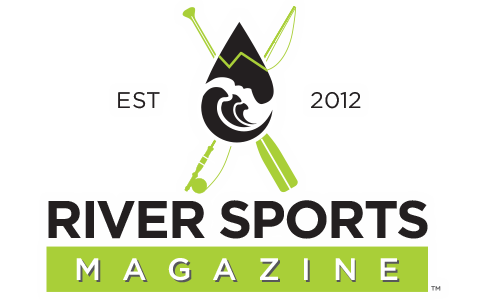
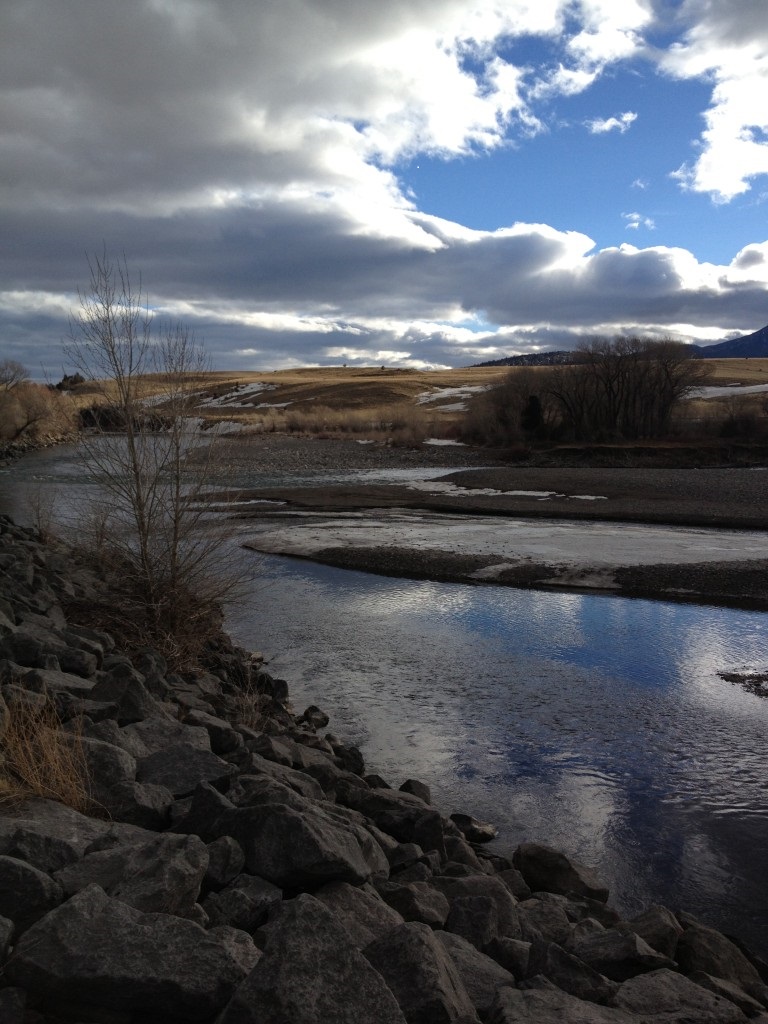
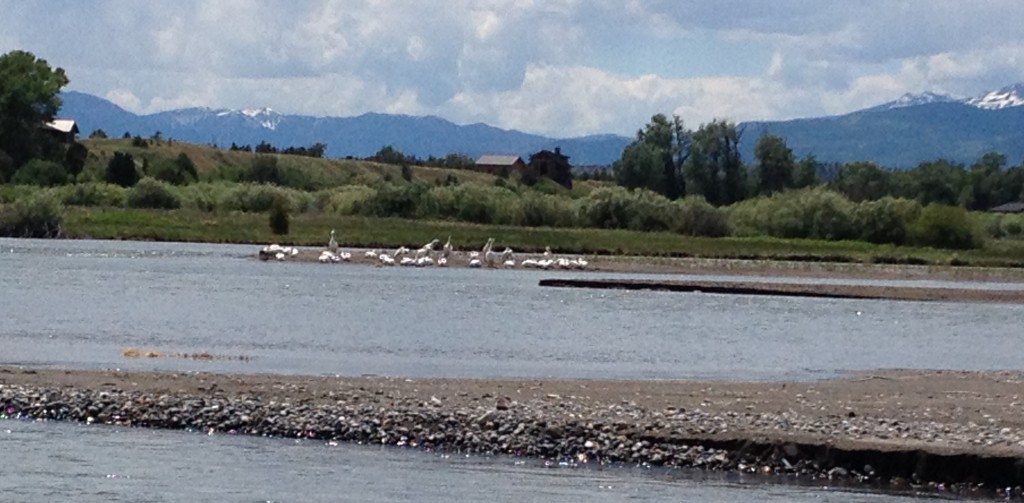
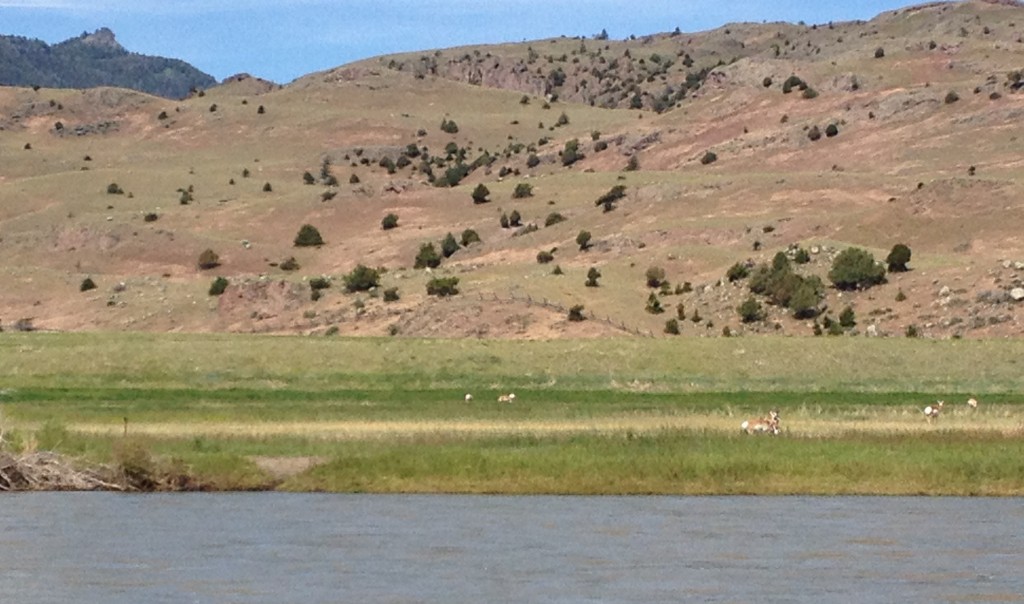
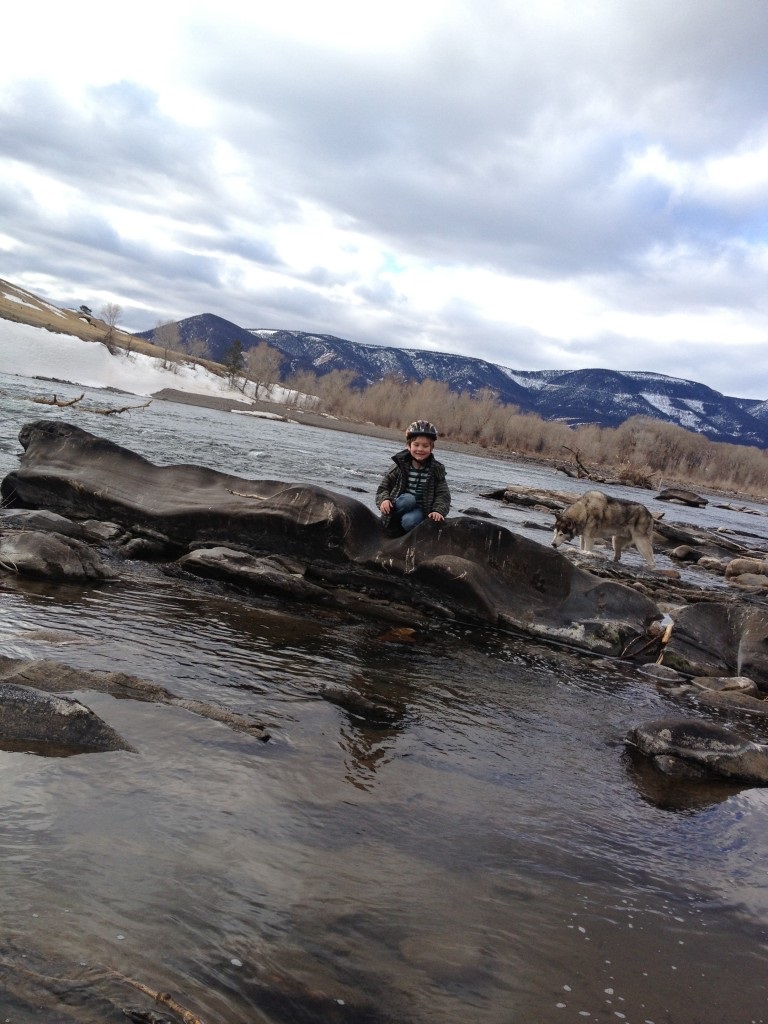
Follow us for the latest news!